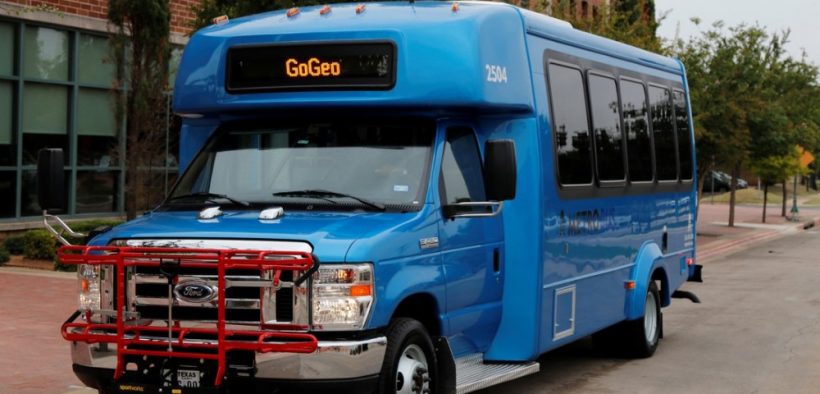OPINION: SGA Round Table Incites Call for Accessibility
Share

As early as 2008, the city of Georgetown understood their sudden growth was not sustainable unless they had a plan, which is why they adopted their 2030 timetable for development.
This includes solutions to the housing demand, several growth scenarios, maps of future land use and policy formation. Now, ten years later, the city has launched their 2030 plan update.
An important piece to this step of the plan is public outreach. As a result, the city of Georgetown recently reached out and held an event at Southwestern University. In collaboration with SGA, the city held nine roundtable discussions in order to glean what students want the town to look like in the future and how the town may be able to better cater to students’ needs.
Along with eight others, I sat with Karen Rativa, SGA’s junior representative proctoring the conversation. Her first question to us was, “What’s the biggest problem facing Georgetown?” The general response was the lack of community between the residents of Georgetown and university students.
“[Georgetown residents] come on campus–for plays, gallery openings, symposiums–but we never leave campus for any of that stuff,” one student said. Another student, when asked if she’d stay in Georgetown after graduating, replied, “I would retire back here.”
Why is there this disconnect between student and community? How can a town help bridge this divide, which, admittedly, is supported not only by geographical distance, but also a difference in age?
The next question asked outright: “How could Georgetown improve by 2030 to benefit students?” Again, answers encircled the same theme; that is, accessibility. Students stressed that the idea behind GoGeo is great–that public transportation as an option is important for students without cars–but with only one bus running per route, the system overall proves ineffective.
One former student went as far to say that GoGeo is a great first step, but acts more as a beta for future bussing than a legitimate transit option. The only way of viewing real-time transit data is through the city of georgetown’s website. It is not linked to a system like Google Maps that might help students plan their routes more effectively.
More than that, most students agreed that when they’re going somewhere to have fun, it’s more often than not in Austin instead of anywhere in Georgetown. Some proposed a collaboration with Austin City Metro that might make the commute to and from easier.
It seems, then, that accessibility is the root of Georgetown’s perceived problems.
Students without cars cannot access the entirety of Georgetown as easily as students with cars; students on campus cannot access the same sorts of activities and entertainment that they can in Austin; and since these places in town do not exist, neither students nor residents have access to more organic opportunities to interact with each other in a capacity where relationships, or community, can be made.
The divide was prevalent even at the round table event itself. Though the opportunity to speak was open to students and residents, of the nine tables, none consisted of more residents than students. More than that, nobody on the city council was present, despite the fact that it was an event they had scheduled in collaboration with SGA, not simply SGA alone.
In order to bridge this divide, community spaces need to be made and encouraged by the city of Georgetown. And in order to do that, the city needs to make itself more accessible–through bike lanes, extended bus services, or more walkable neighborhoods (other than Old Town).
The last question asked, “What aspect of Georgetown is most important?” Students replied what some might not expect; that is, they wanted to preserve historic Georgetown, to keep Georgetown feeling like a small town rather than a suburb.
In closing the meeting, Karen Rativa stated that “Georgetown has provided opportunities for me that wouldn’t have been possible anywhere else.” If this is to remain true, the city needs to decide what role it wants to play in the future. Will it be an autonomous town, or a suburb of Austin? Will it provide access to all, or simply to those with cars? As neighborhoods are built, will they create a real community? We may not have to wait until 2030 to find out.
